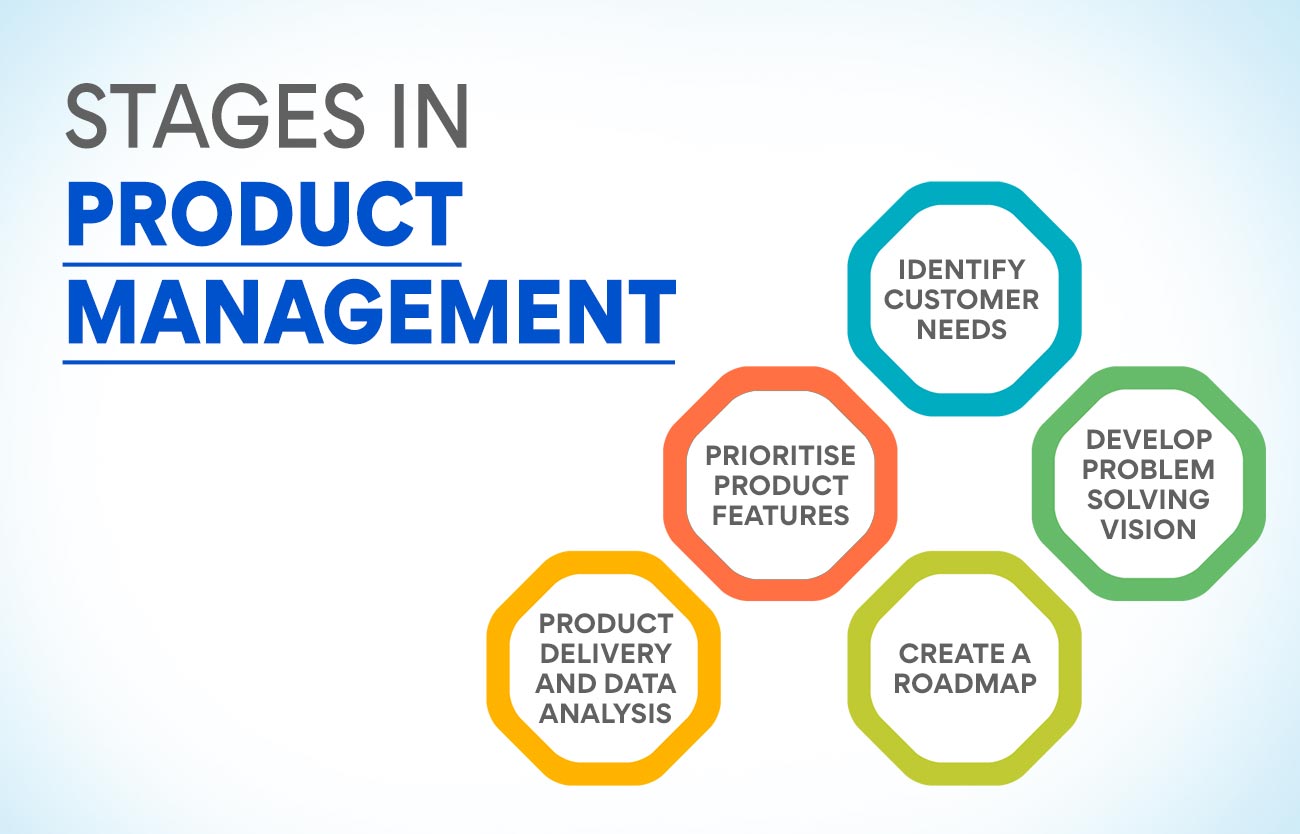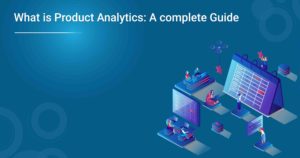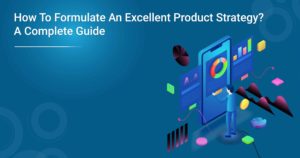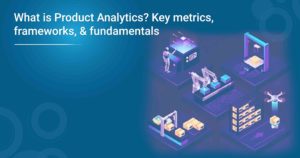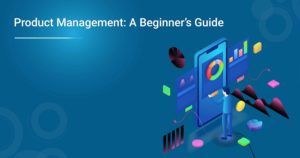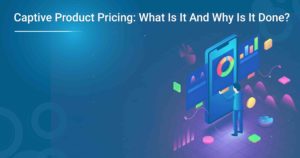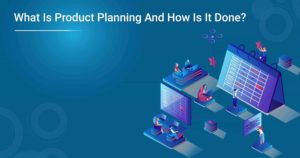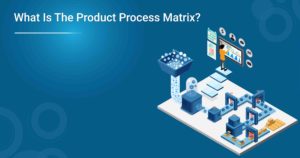Any organisation focused on bringing out new products that meet customer needs must use product management. It is a function that helps companies develop the best tangible or intangible products. It is a process that helps the firms focus on the product and its customers completely. Product management starts with identifying customers’ needs and positioning the product in the marketplace. It continues till the end of the product’s life. Product management frameworks are important components of this process.
Understanding Product Management Frameworks
Most companies follow their unique way of developing, launching and managing a product. All processes must be performed methodically for them to achieve their goals. In the same way, product managers must also work systematically so the company can develop the product to meet its objectives. Such methods are known as product management frameworks. They help in optimising the time it takes to develop something. Most of these frameworks follow similar steps even though they may not follow the same order.
One can better understand product management frameworks in the Advanced Executive Certificate course in Product Management. Those aspiring to become product managers can visit our website to learn more about the course and what it offers.
Stages In Product Management
Identify Customer Needs
It is the first step in any product development process. One must know what the customer wants before developing the product. It is possible to understand this by monitoring their behaviour online on various channels. Companies can also reach out to customers and conduct surveys to know their pain points and what improvements they expect in a product. It is also important to perform a competitive analysis to understand what they offer and what other features you can include in the product.
Develop Problem Solving Vision
Once the problem has been understood, it is time to develop its solution. One must create a vision and share it with others in the team. It is the narrative that describes how the firm will build the product. It is important to have this before creating the product. It is an important step in all the product management frameworks that help you and the team shape the product strategy. The most important aspect of this stage is to create a design that will impress the customer at first sight.
Create A Roadmap
Once the vision has been finalised, the next step should be creating a roadmap. At this time, it is important to have a theme-based featureless roadmap. When the team creates a roadmap with features, there is the risk of it being a feature-based roadmap instead of a vision-based one. A theme-based featureless roadmap will support the vision and strategy of the firm. With this, it is also good to create specific and measurable goals that help to keep the team on track.
Prioritise Product Features
Now is the time to prioritise the features based on those that will have the highest impact on the company’s strategic goals. It can be highly challenging because it is here that the product team will be forced to refuse the requests of stakeholders or customers. One cannot include all the features in a product and you will have to cut down on them. In this step in the product management framework, one can use a tree model to include or discard features represented by the leaves.
Product Delivery And Data Analysis
It is the final stage in the process. At this stage, the PM hands over the task to the team to design and create the product. Once they complete it, the product is reviewed and launched for public consumption. You must develop a method to get feedback from the customers. Engaging with them on social media platforms is an excellent way to gather feedback immediately. One must identify and measure the KPIs using the most modern analytics tools.
You can learn more about the different stages in our Advanced Executive Certificate Course In Product Management. Please visit the website to learn more about our course and how it benefits aspiring product managers.
Also Read: Product Management: A Beginner’s Guide
The Most Important Product Management Frameworks
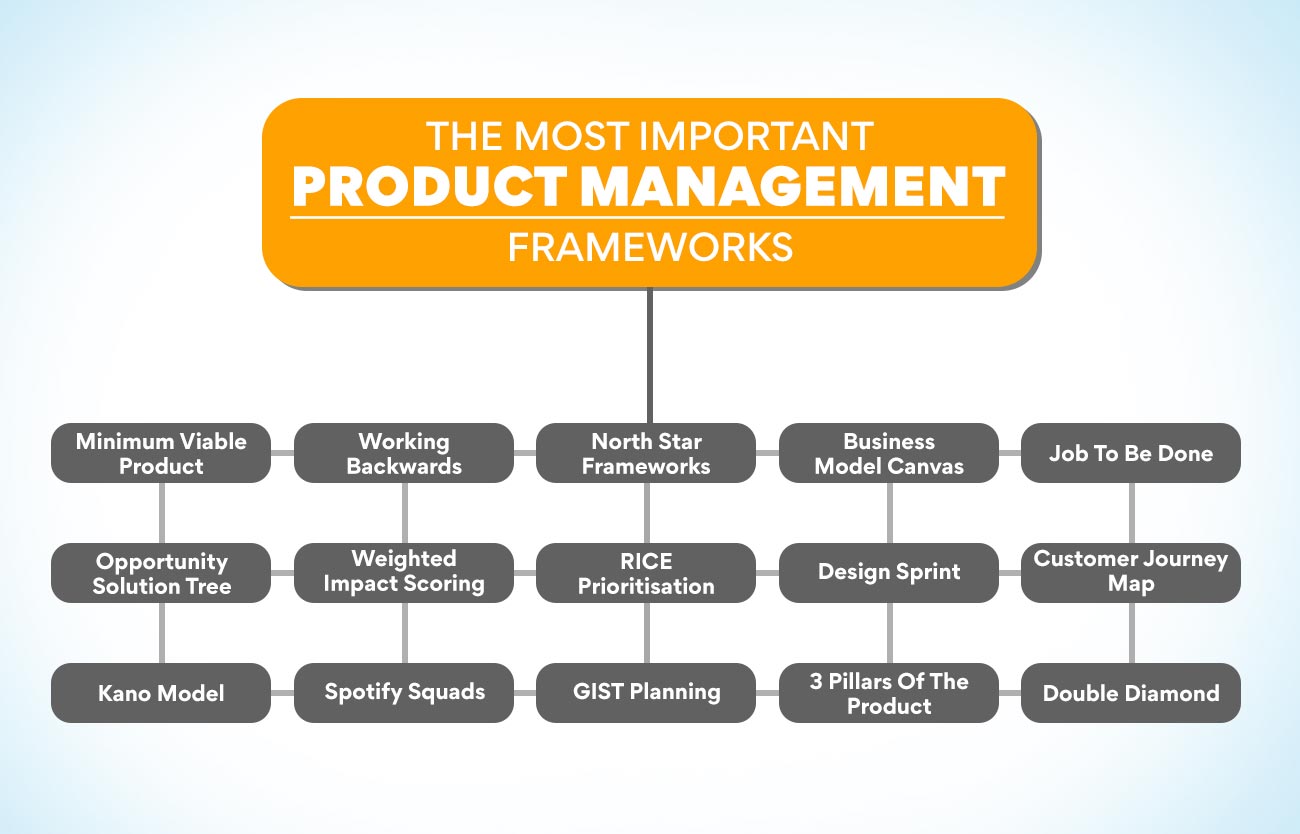
- Minimum Viable Product
This method of product development emphasises learning while developing a new product. It is also called the Lean Software Development framework. The objective is to create a product that solves the main problem but will not offer too many features or functionalities. It is a good way to test the market and see how customers react to a new idea. It helps in collecting feedback and working on them to improve the item.
- Working Backwards
As the name suggests, this is one of the product management frameworks that starts at the end. The product team imagines a product that can help solve customer problems. They release a press statement describing the product and its imminent availability. It also tells the customers what additional features it can offer above those given by the competitors. It is a way to assess the impact on the customers and ensure that the product is worth creating.
- North Star Frameworks
Amplitude introduced this framework. It is one of the product management frameworks that focus only on the North Star Metric. This metric is described as one that captures the core value that your product delivers to the customers. The metric is complemented by important inputs that help to drive it. The aim is for the team to emphasise these key inputs in every action they perform to create the product.
- Business Model Canvas
In this method, it is very clear how the product team is going to create value. It also helps to shorten the product development cycle. This framework gives the stakeholders a clear view of all the strategic points important for bringing the product to the market. It also helps businesses understand and explain their business models more efficiently. It is often used along with other models like the value proposition canvas.
- Job To Be Done
This is one of the product management frameworks where the focus is on scenarios instead of customer personas. You can see that the focus shifts from the product to the customer. The product must be able to fulfil customers’ needs in different scenarios. For example, a customer might want to grab a quick bite on the way to the office. The aim is to develop a place that can offer quick food that can be consumed even while driving to the workplace.
- Opportunity Solution Tree
Teresa Torres developed this framework, and it is a visual description of how a company aims to achieve the desired objective with the product. The discovery process is very simple in this framework. It makes finding the right solutions easy for different problems. The available opportunities are also clearly visible in this method. This method helps in prioritising opportunities. The product teams can see the big picture and properly think through all the decisions.
- Weighted Impact Scoring
It is a product management framework that is highly popular among product managers. In this method, the officials rank the features according to their importance. The team identifies key criteria and assigns weight to each of them as a percentage based on their importance. Based on this, scores are given for each initiative, and they have ranked accordingly.
- RICE Prioritisation
The name is an acronym for Reach Impact Confidence and Effort. The team at Intercom developed this model when they were unable to use any of the existing methods to evaluate a product.
Reach – Denotes the number of people the knowledge about the product will reach in a specific period.
Impact – This is the number of people out of those reached that are likely to buy the product within the same period.
Confidence – The above figures are arrived at by studying the available data and analysing them. You must take into account your confidence in the above figures. This is represented in percentages.
Effort – This represents the effort the team has to put in to achieve the reach and impact mentioned above. This includes the cost of the product.
- Design Sprint
This is one of the product management frameworks where the company aims to reduce the risk associated with launching the product to as little as possible. It is a five-step process. The team comes together to understand the customer’s needs and designs a product. Then they create a prototype and validate its features. Only after careful consideration of all aspects is the product launched in the market. This will reduce the risks to a minimum.
- Customer Journey Map
This method is based on studies of customer experience. The team understands how a customer travels from searching for his needs to purchasing them. It gives them an insight into customer thoughts when buying an item. Such insights help the product team to design the product to suit customer behaviour. This is one of the product management frameworks that have more chances of meeting customer needs.
- Kano Model
This method is derived from the ideas of Japanese professor Noriaki Kano. This model helps to identify the features that customers will find the most exciting. The team can find out how well the product meets the customer’s needs and the satisfaction level of the customer. It is of great help when trying to prioritise the features of a product. It also helps to see how the features compare with the cost.
- Spotify Squads
This is one of the product management frameworks that helped Spotify to succeed. In this model, different teams are allocated and assigned to work on outcomes that they think will be most valuable to the customer. They are not asked to do any specific task. The teams must select the features they want to work on. They must ensure that their work aligns with the company’s objectives.
- GIST Planning
GIST stands for Goals, Ideas, Step Projects and Tasks. This method focuses on achieving goals instead of just providing solutions. Goals denote the objective that a product has to achieve. Ideas are those that develop from brainstorming sessions by the team. All ideas are noted down and there is no limit to the number of ideas. Step projects are those ideas that have been prioritised and broken down into steps that can be tested. Tasks are the steps that help achieve the goal.
- 3 Pillars Of The Product
This is one of the product management frameworks that has three parts. It starts with product discovery that is based on the customer’s needs and the competitor’s environment. The second part is product planning. This stage includes creating the vision and designing the product. This stage also includes charting the roadmap for product development. The framework is completed by the last step, which is product development. This also includes testing the product with customers.
- Double Diamond
There are four stages in two parts. The first diamond or part is about understanding the problem or customer requirement. The second part is finding the solution to the problem. The two stages in the first part are problem understanding and defining. The other two stages are exploring and creating the solution. The exponents of this method claim that this can be used for almost all new products and solutions.
Various other product management frameworks developed and proposed by experts in the field. You can learn more about them in the Advanced Executive Certificate Course in Product Management. The course is offered online, and one can know the details by visiting our website.
Also Read : How To Become A Better Product Manager: Top 10 Tips
Summing Up
The framework a company must use depends on the solution they are looking for. Almost all of the above product management frameworks can be used for building one or more products. The decision about using a specific one lies with the company executives and the product manager. What is more important is to implement them correctly and ensure they align with the organisation’s objectives.
More Information :
What Are The Stages And Examples Of A Product Lifecycle?
A Guide To Formulate An Excellent Product Strategy
Steps To Create A Successful Go-To-Market Strategy
7 Dynamic Stages of the New-Age Product Development Process
What Are The Reasons of Variations in Product? Causes & Reasons






_1668670867.jpg)
